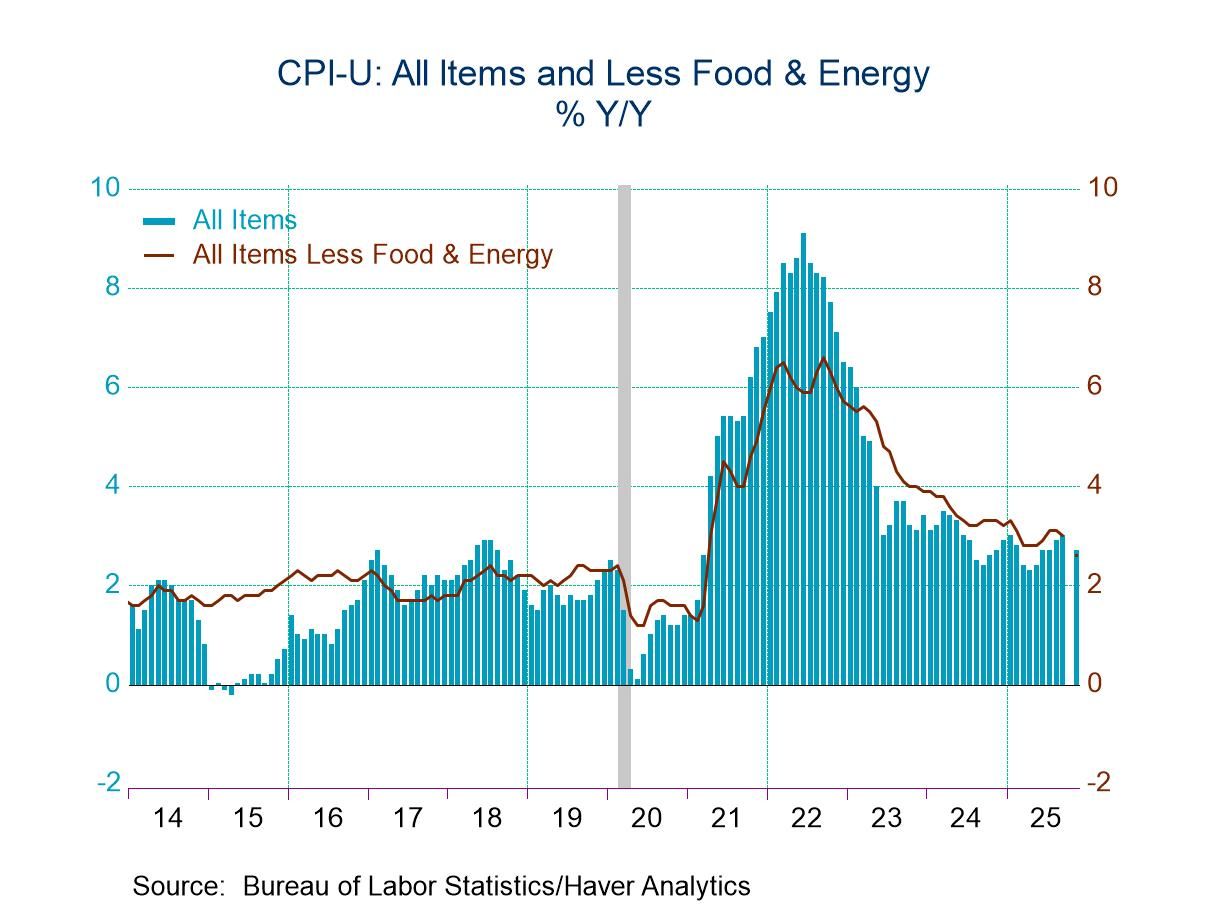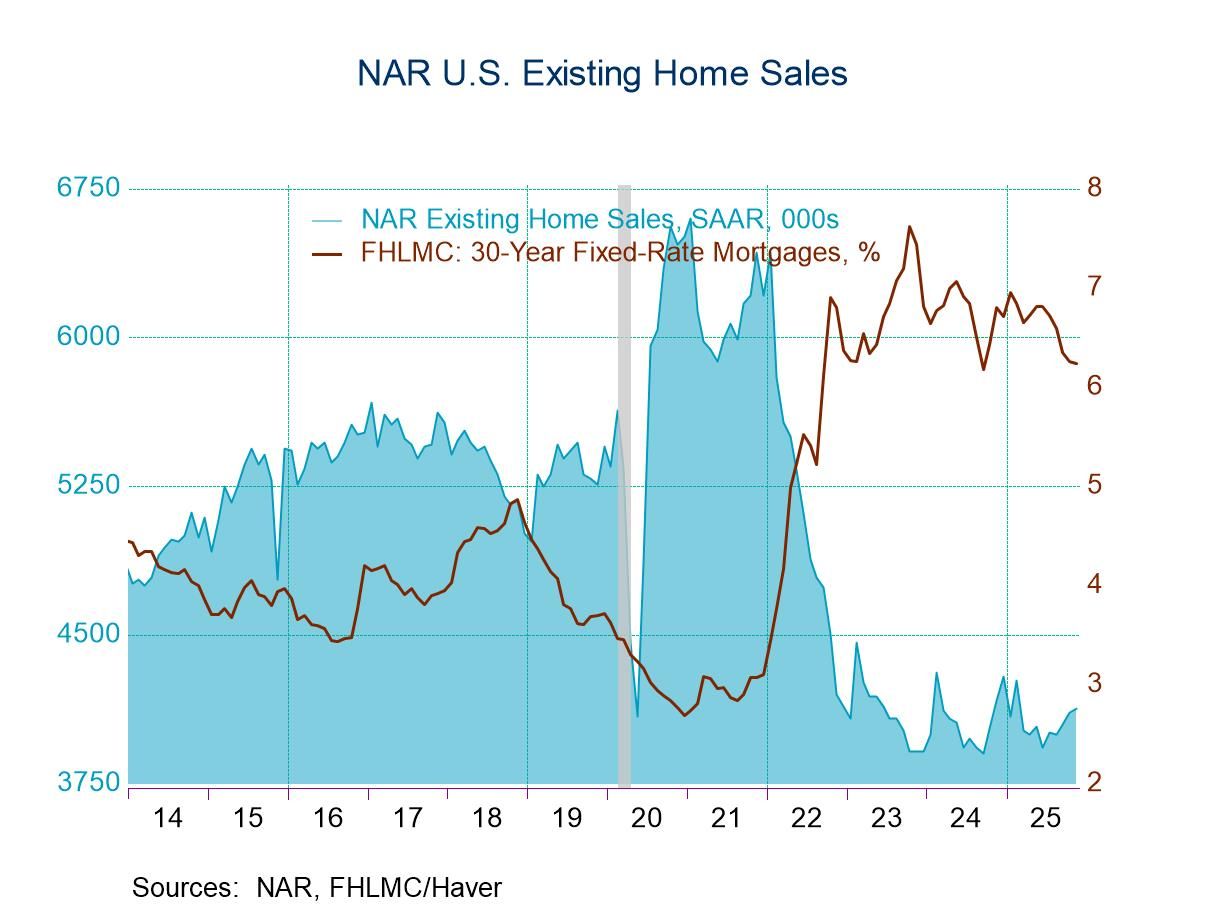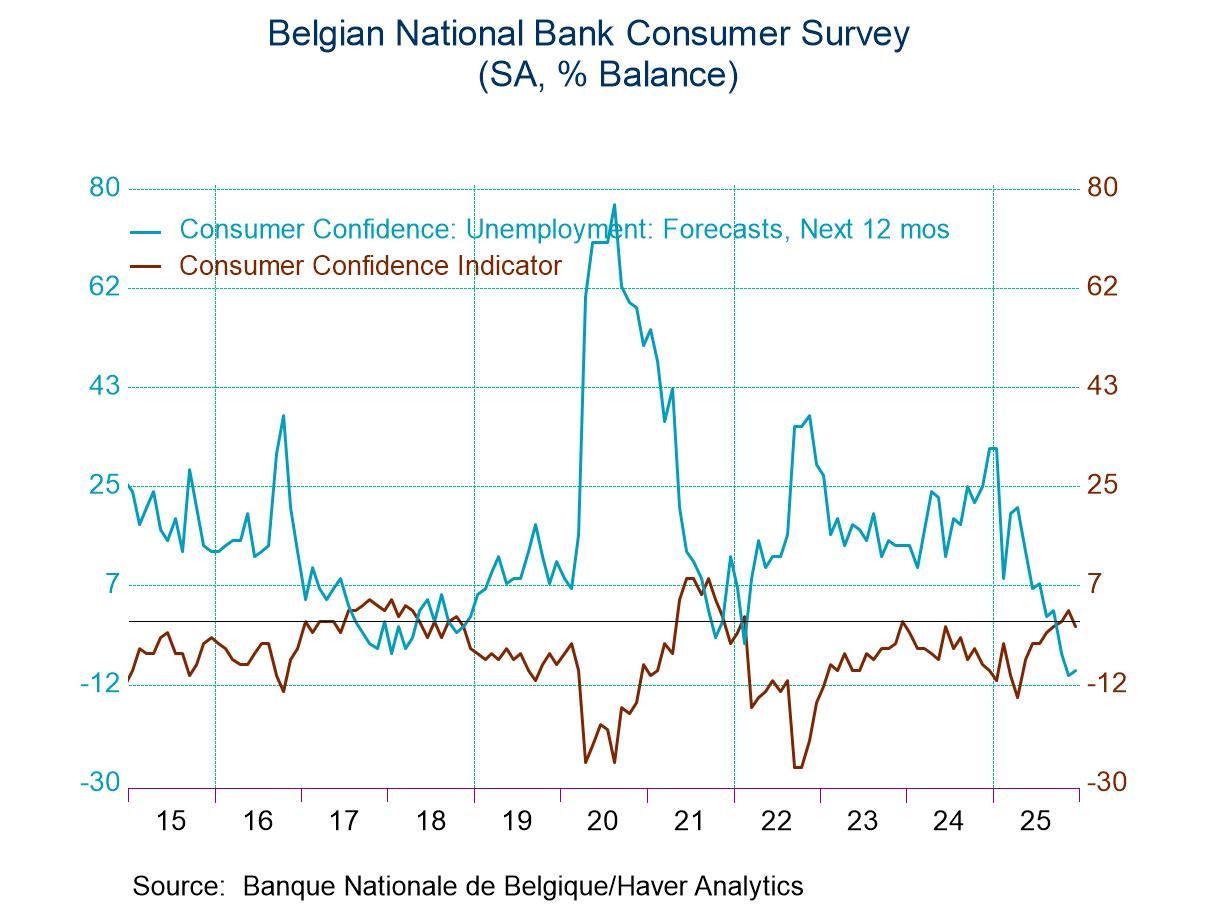EMU Trade Swings to Deficit As Imports of Nonmanufactures Grow

After logging a long string of current account surpluses, the countries of the European Monetary Union (EMU) have now posted three deficits in a row for consecutive months. The turnaround is on the back of sharply increased imports which reflect increased imports of nonmanufactured goods. Commodity prices have increased sharply, and this has driven up the deficit for nonmanufacturers across the EMU.
The balance of trade on manufactured goods posted a surplus of €29.1 billion in the 12-month period ended 12-months ago. In the current 12-month period the surplus is €28.3 billion, a slightly smaller amount, but not much changed. Yet, for nonmanufactured goods, the 12-month average for 12 months ago was a deficit of €8.8 billion; that figure has ballooned to €21 billion on average over the last 12 months and has escalated to €30.4 billion in deficit on average over three months and progressed further to a deficit of €33.2 billion in January alone. All those figures are expressed at annual rates.
The point is that manufacturing in Europe seems to have held up well; however, it has not been able to keep pace with the sharp increase in nominal nonmanufacturing goods and a deficit has been created as a result. This is a deficit caused by the increased importation of nonmanufactured goods and substantially a deficit caused by the increase in the prices of nonmanufactured goods.
Looking at percentage changes, manufactured goods imports are up by 26.4% over 12 months but nonmanufactured goods imports are up by 82.6% over 12 months. For exports, manufactured exports are up by 12.8% over 12 months while nonmanufactured exports are up 30.5% over 12 months. Clearly the trade action has been concentrated in around nonmanufactured goods, not in manufactured goods. But manufactured goods have nonetheless held their ground.
Looking at the results for individual countries in Europe, Germany shows consistently faster import growth than export growth over 12 months, over six months and over three months. France shows an uneven picture with exports and imports trading places as far as which flow is expanding more rapidly. Over 12 months French exports grow faster than French imports and that trend holds up over three months as well, although it is reversed in each of the last two months. The U.K. has stronger imports than exports with imports up 23.5% over 12 months and exports up by just 11.4% on that timeline; exports are up at a 6.1% annual rate over three months with imports up at a 28.2% annual rate over three months.

In addition, there is going to be a lot of change to European trade flows, particularly German flows, with the new sanctions that have been placed on trade with Russia. There are ongoing increases in prices for commodities, ongoing high and rising prices for oil, and these trends are going to continue to keep the pressure on imports. In the meantime, there's some concern about whether growth is going to be able to stand up and whether exports will be able to continue to be as robust in the period ahead with all the stresses that are being placed on the various economies given that the virus still circulates, that there's a war in the Ukraine, there are sanctions on trade with Russia – and there may be some sanctions placed on trade with China depending on how it supports Russia- and that central banks are going to be raising interest rates; in some cases that's already started. The outlook for economic growth, for trade, for imports, for exports, in the period ahead is all foggy. There are a lot of things going to happen to affect the current trends that we're looking at. Most of those things, however, will tend to make inflation worse, will tend to make imports stronger, will tend to make trade deficits larger, and will tend to make growth weaker. So, while economic expansion continues, we are moving into a new riskier phase for the global economy and for Europe.
Robert Brusca
AuthorMore in Author Profile »Robert A. Brusca is Chief Economist of Fact and Opinion Economics, a consulting firm he founded in Manhattan. He has been an economist on Wall Street for over 25 years. He has visited central banking and large institutional clients in over 30 countries in his career as an economist. Mr. Brusca was a Divisional Research Chief at the Federal Reserve Bank of NY (Chief of the International Financial markets Division), a Fed Watcher at Irving Trust and Chief Economist at Nikko Securities International. He is widely quoted and appears in various media. Mr. Brusca holds an MA and Ph.D. in economics from Michigan State University and a BA in Economics from the University of Michigan. His research pursues his strong interests in non aligned policy economics as well as international economics. FAO Economics’ research targets investors to assist them in making better investment decisions in stocks, bonds and in a variety of international assets. The company does not manage money and has no conflicts in giving economic advice.






